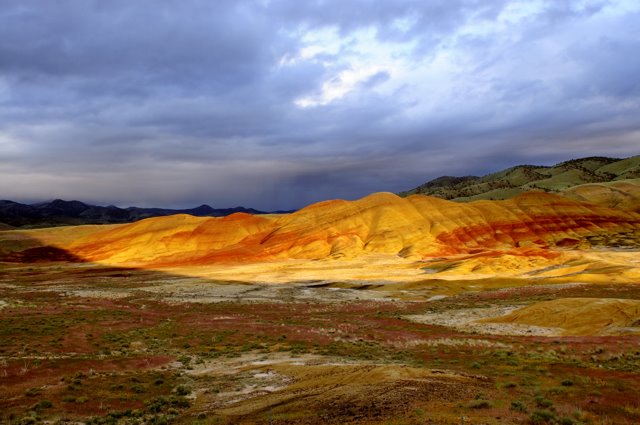 Entering the world of close-up photography for the first time is like being a pioneer. It's challenging, exciting, and offers new wonders at each bend. It requires developing a new "eye" for photography. You're still looking for that perfect landscape, but it's much smaller. It requires learning new ways to use your old equipment, or acquiring new equipment to do the job. I suggest learning to use your existing equipment for close-up work before buying a bunch of new stuff. You will be surprised at what you can do with what you have. Don't be afraid to use your little point and shoots for this work too. Some of these will do amazing things for such little cameras.
Entering the world of close-up photography for the first time is like being a pioneer. It's challenging, exciting, and offers new wonders at each bend. It requires developing a new "eye" for photography. You're still looking for that perfect landscape, but it's much smaller. It requires learning new ways to use your old equipment, or acquiring new equipment to do the job. I suggest learning to use your existing equipment for close-up work before buying a bunch of new stuff. You will be surprised at what you can do with what you have. Don't be afraid to use your little point and shoots for this work too. Some of these will do amazing things for such little cameras.I created this image using my Sigma 70-300mmD Lens mounted on my Nikon D300. This lens has a macro feature that lets me focus closer than normal at 200 to 300mm. It doesn't create a true macro image of 1:1 where the subject is the same size on the CCD as in real life, but will allow ratios from about 1:2 to 1:5. I mounted a really really cheap Quantaray 4X close-up filter from my earliest days in photography on the front of the lens and began messing around to see what would happen. I soon spied this little growth of lichen on the end of a fence board and moved my tripod (Bogen-Manfrotto 3221W, with a 30-30 head) up close for the shot. This took some maneuvering but I finally found the range and began shooting. I used the other filters in the set at 1x and at 2x too but I don't like the results they offer at all. The 4x really surprised me though. It gave the image a huge sense of depth. Mostly due to the filters poor quality and the subsequent vignetting that occurred. I really like this shot and its is displayed here un-edited and exactly as it came from the camera. As you probably guessed, I'm off on a new (to me) project again, and you can bet I'll be experimenting more with my old equipment in new ways.
Here's a great book that I bought at Costco a couple of days ago that is helping me with this type of photography: "Understanding Close-up Photography," by Bryan Peterson. There were three other books of his there as well but this one suited my needs at the moment. Besides Bryan does some of his photography in the same places I do here on the West Coast of the US.







